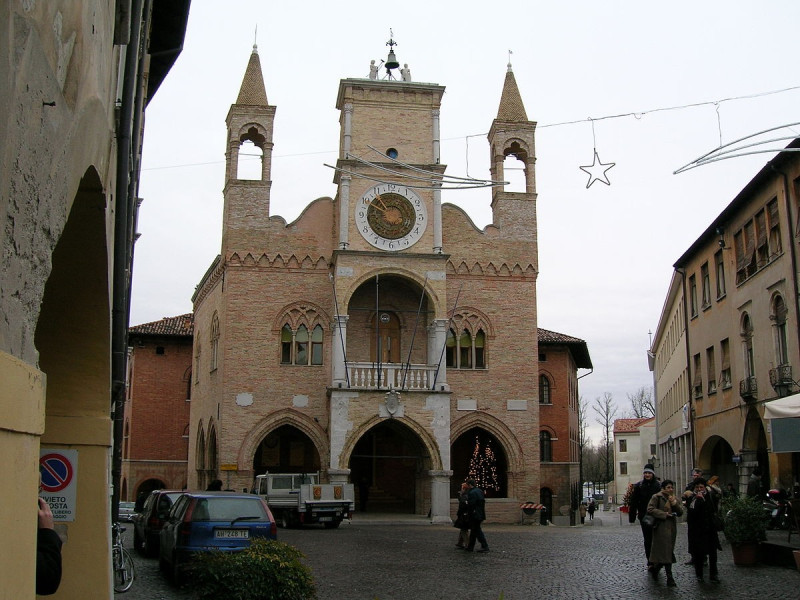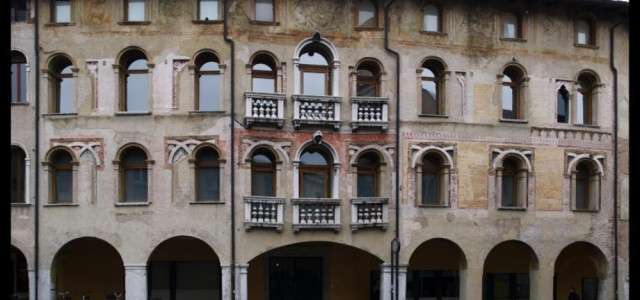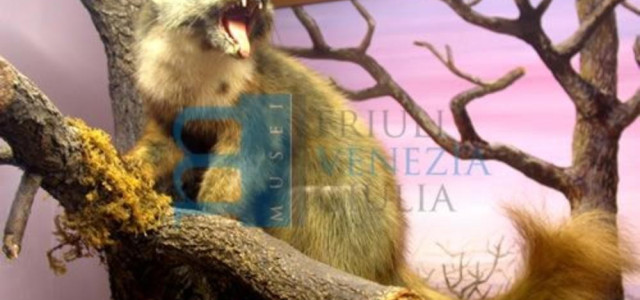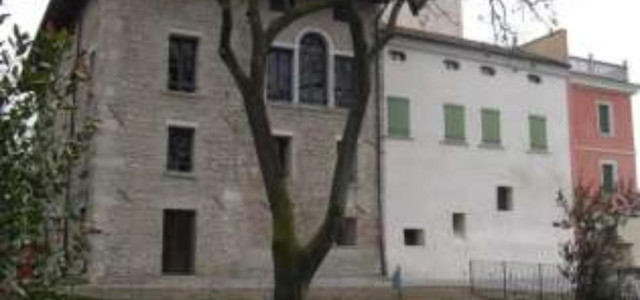Destinazioni - Comune
Pordenone
Where
Pordenone
Pordenone listen (Venetian and Friulian: Pordenon) is the main comune of Pordenone province of northeast Italy in the Friuli-Venezia Giulia region.
The name comes from Latin Portus Naonis, meaning 'port on the Noncello (Latin Naon) River'.
History
Pordenone was created in the High Middle Ages as a river port on the Noncello, with the name Portus Naonis. In the area, however, there were already villas and agricultural settlements in the Roman age. In 1378, after having been administrated by several feudatories, the city was handed over to the Habsburg family, forming an Austrian enclave within the territory of the Patriarchal State of Friuli. In the 14th century, Pordenone grew substantially due to the flourishing river trades, gaining the status of city in December 1314.
In 1514, it was acquired by the Republic of Venice, even if until 1539 the town was ruled by the feudal family d'Alviano. Under Venice a new port was built and the manufacturers improved.
After the Napoleonic period, Pordenone was included in the Austrian possessions in Italy (Kingdom of Lombardy-Venetia). The railway connection, including Pordenone railway station, and the construction of the Pontebbana road brought on the decline of the port, but spurred substantial industrial development (especially for the working of cotton). Pordenone was annexed to Italy in 1866.
The cotton sector decayed after the damage of World War I and failed completely after the 1929 crisis. After World War II, the local Zanussi firm became a world giant of household appliances, and in 1968, Pordenone became capital of the province with the same name, including territory belonging to Udine.
After World War II, Pordenone, as well as the rest of Friuli-Venezia Giulia, became a garrison for many military units, in order to prevent a Soviet invasion from the east. The heavy military presence boosted the economy of the once-depressed area.
Pordenone is as now garrison of the 132nd Armored Brigade "Ariete".
Main sights
Corso Vittorio Emanuele II, with its characteristic Gothic and Renaissance edifices, many with frescoes.
Cathedral of St. Mark (Duomo) was built from 1363 in Romanesque-Gothic style and restored in the 16th and 18th centuries. It houses a famous fresco of San Rocco and an altarpiece by the native Renaissance painter Giovanni Antonio de' Sacchis (commonly known as Il Pordenone). It has a 79-metre (259 ft) bell tower.
Palazzo Ricchieri: Built in the 13th century as a house fortress with a tower, it was rebuilt to house the Ricchieri family. It now houses the Civic Art Museum.
The Gothic Communal Palace (1291–1395). The clock-tower of the loggia, designed by painter Pomponio Amalteo, was added in the 16th century to the main building.
The church of the Santissima Trinità ("Holy Trinity"), alongside the Noncello river. It has an octagonal plant and frescoes by Giovanni Maria Calderari, pupil of Il Pordenone.
Castello di Torre (late 12th century), residence of the Ragogna family and now seat of the Western Friuli Archaeological Museum. It was assaulted in 1402 by Imperial troops, who destroyed the castle. A few years later a tower was rebuilt.
Roman Villa of Torre, remains of a patrician villa discovered in the 1950s.
Culture
Pordenone has been the primary host to the Giornate del cinema muto, a festival of silent film, since 1981, excepting an eight-year lapse after the host theater, Cinema-Teatro Verdi, was torn down. The nearby town of Sacile hosted the festival from 1999 to 2006.
Transport
Pordenone railway station, opened in 1855, is located on the Venice–Udine railway. Although it is not a junction or terminal station, it is used by a great many passengers ( 3 million/year).
International relations
Twin towns — Sister cities
Pordenone is twinned with:
Spittal an der Drau, Austria, since 1987
San Martín, Argentina, since 2003
Irkutsk, Russia, since 2005
Geography
Climate
Climate in this area has mild differences between highs and lows, and there is adequate rainfall year round. The Köppen Climate Classification subtype for this climate is "Cfb" (Marine West Coast Climate/Oceanic climate).
People
Federico Gerardi
Stefano Lombardi
Daniele Molmenti
Odoric of Pordenone
Il Pordenone
Alessia Trost
Giovanni Maria Zaffoni
Luca Rosetti
Davide Toffolo
Reggie Jackson
Mauro Baron
ELizabeth Ashwood
Rudy Stivella
References
External links
Official website (Italian)
Town Art Museum
Western Friuli Archaeological Museum
Town Science Museum
Castello di Torre





